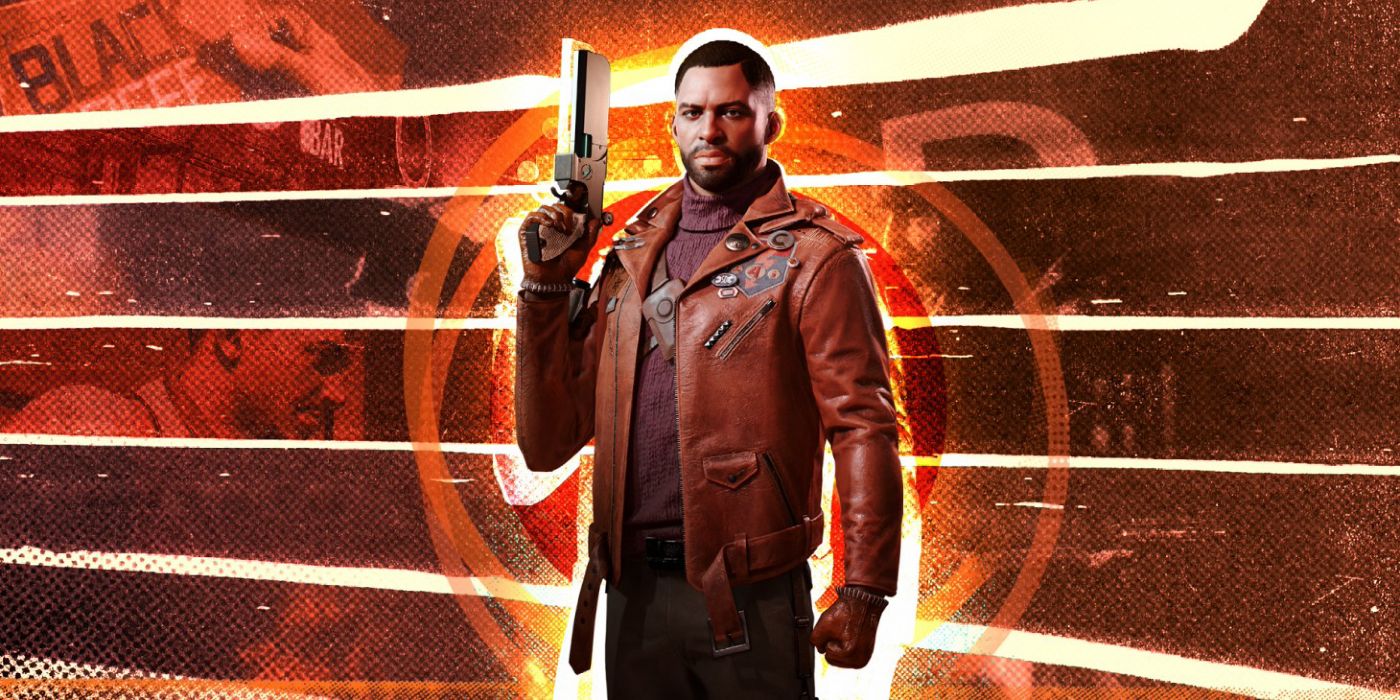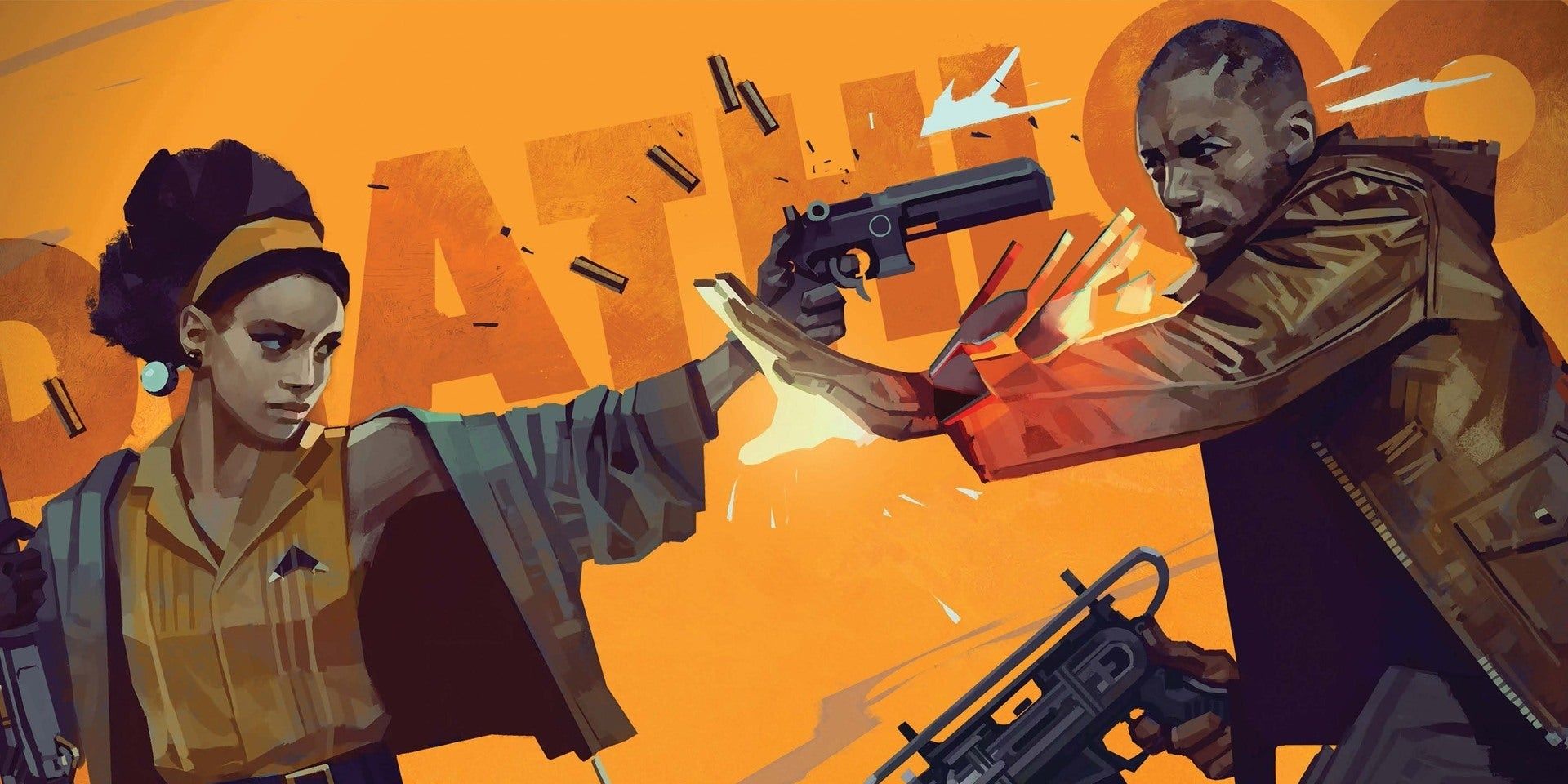The latest game from Arkane Studios, Deathloop, brings the developer's signature immersive sim gameplay to a unique narrative on a time-looped island called Blackreef. Players relive the same day repeatedly, with only their knowledge of previous loops (and select items from the use of Residuum) persisting into the next. The time loop trope is not necessarily an uncommon narrative frame in video games, but Deathloop uses it to great effect, structuring the game into segmented runs which promote an emergent, organic story.
Deathloop has a lot of roguelike elements, but gives players plenty a lot of agency in how they utilize a run. One loop is segmented into four times of day - morning, noon, afternoon, and evening - which gives players four opportunities to explore the four districts of Blackreef before the day resets, unless of course they die along the way. The game gives players plenty of objectives, especially early on, but there's nothing stopping players from virtually ignoring the quest markers and doing what they wish.
The beginning of Deathloop feels rather structured, and the game loosely guides players through the first loop or two. It may feel unnecessarily restricting, but during this time the characters are doing a lot of heavy lifting in terms of setting up the open-ended narrative style, which comes through once the tutorial messages are done teaching. There was a fair bit of confusion prior to release regarding how exactly Deathloop's time loops would work, but the game introduces its systems rather efficiently before taking a hands-off approach, which leads to players organically uncovering Blackreef's mysteries and piecing together the game's narrative at their own pace.
Deathloop's Structured Intro Is Key To Its Emergent Narrative
Time loops have an inherent problem of needing a way to get the player in its midst without overexplaining the operative elements of the loop itself. Returnal, another time loop PS5 game from earlier this year, unceremoniously dropped the player onto its alien planet and let the mystery be the narrative, which worked pretty well. Deathloop, however, has a lot more moving parts and important characters than Returnal. Where Returnal had a single character running through the same loop with procedural generation to add variety, Deathloop has its main character, Colt, plus rival assassin Julianna Blake and the other seven Visionaries occupying hand-crafted levels.
Unlike Returnal's setting on the planet Atropos, Deathloop's Blackreef Island has a history - one that Colt and Julianna are aware of, at least until the player becomes involved. Deathloop has to introduce the player to an ongoing conflict in a way that allows them to discover things alongside Colt, who has already been in the loop for an unspecified amount of time. Thus, Colt loses his memory at the game's outset, a side effect of the loop. When players start the game, Colt, Julianna, the Visionaries, and Blackreef are all in medias res, so Colt's memory loss is used as a soft reset in order to include the player in a way that lets them get caught up to speed alongside the main character.
In order to accomplish this, Colt and Julianna's character dialog has to do a lot of work in a short amount of time, all while the game holds the player's hand through the first couple loops in order to incrementally set up every gameplay element necessary to set the player loose on Blackreef. As the player learns the controls, and figures out how to navigate Blackreef's four districts across Deathloop's different times of day, Colt and Julianna gradually piece together the narrative elements necessary for the player to understand their place in the story. Once the player is sufficiently up to speed, Deathloop drops the reins, and the player is largely in control of how the game unfolds.
Deathloop Uses Immersive Sim Gameplay To Advance The Plot
Colt and Julianna continue their bickering beyond Deathloop's first couple hours, but the novelty of the game's storytelling comes from its status as an immersive sim game. Arkane's previous works, the two Dishonored games and Prey are premier entries in the immersive sim genre, alongside the new Deus Ex titles and the classic Thief games. Deathloop gives players an objective (kill all the Visionaries in one loop), and the world structure to make it a challenge, then lets the details of the narrative largely unfold as the player uncovers them.
The philosophy behind the game is evident in its terminology. Players don't have quests, they have leads. Following the objective markers for each lead (which can be turned off for an even more immersive experience) will eventually lead players to Deathloop's ending, but they don't have to do everything the game suggests. Picking up recordings, reading notes, eavesdropping, and snooping through the Visionaries' group chats all contribute to the wealth of knowledge the player utilizes to advance the plot. While sleuthing through one district, for instance, players might pick up some info on where a special item might be found at a later time of day in in another part of Blackreef. The loop always resets at the end of the day, so there's no consequence for abandoning the primary objective to look for Deathloop's unique loot or even just explore and look for new leads.
With the different districts and time periods, Arkane has essentially laid out 16 different levels for players to explore. There's only four different layouts, but enemy placement, opportunities, and acquirable information all change depending on when they're visited. Beginning the story in medias res was important to making Blackreef an established location so that the bulk of the narrative could unfold through the player's exploration. Nearly every building has something in it to either reward curiosity, or provide another lead.
Deathloop traps players in a time loop, but they ultimately have a significant amount of control over how the time loop is experienced, with a healthy amount of gameplay variety thanks to Julianna's invasions. The run-based methodology lets players gradually build on their previous knowledge, incrementally completing goals both big and small while uncovering more leads to further their efforts in breaking the loop. Colt's memory loss makes the concept believable, reducing the protagonist's awareness to a level equal to that of the player. That way, once the game has finished introducing all of its systems, players can begin taking structured, yet emergent runs through Blackreef to build toward Deathloop's ultimate goal of breaking the loop.



